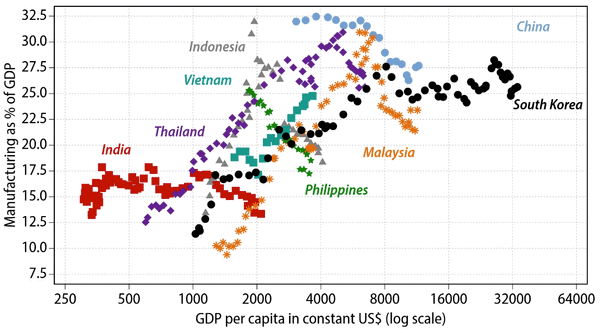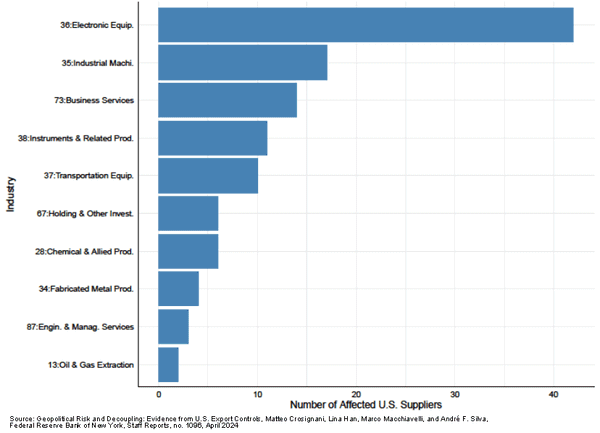Baltimore Port Effects Electronic and Commodity Supply Chains

The above graphic reveals categories for commodities and equipment imports and exports feeding supply chains, many tied to the electronics industry. Note the USD volume for automotive industry. From electronic machinery, nickel, aluminum and chemicals and more, one can see there is far more commerce imported through the port ($59 billion, 2023) than exported ($22 billion, 2023).
Barbara Jorgensen writes an informative article on EPSNews explaining some of the possible disruption on the horizon. Jorgensen writes, "The port handled 1.1 million twenty-foot equivalent units (TEU) in 2023, according to Vespucci Maritime, which would place it outside the top 10 largest North American container ports, and would represent less than 5 percent of total U.S. ocean imports last year."
It is noted the Port of Baltimore disruption could have far-reaching effects on the local and regional economies leading to possible job losses, reduced business activity and potentially lower commerce spending.
Already, container rates for Asia-US East coast have already been raising to be more than double East Coast transatlantic freight rates according to Freightos.
As a result of the Francis Scott Key Bridge collapse officials note the port is the ninth busiest port in the United States and support 15,300 jobs, with an additional 140,000 jobs in the are port-related.
U.S. Senator Chris Van Hollen was quoted in a news conference Wednesday, May 27, saying, "The most urgent priority is to open the Port of Baltimore because it is essential to the livelihood of people here in Baltimore, in Maryland, and the economies across our country and around the world."



